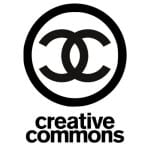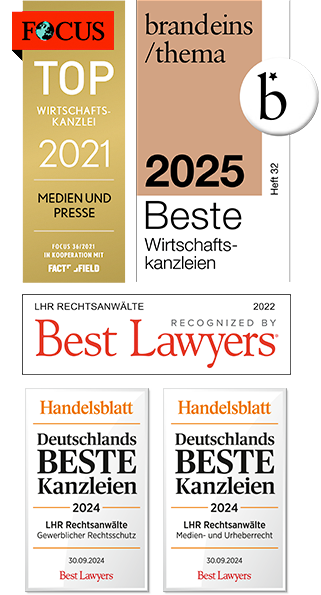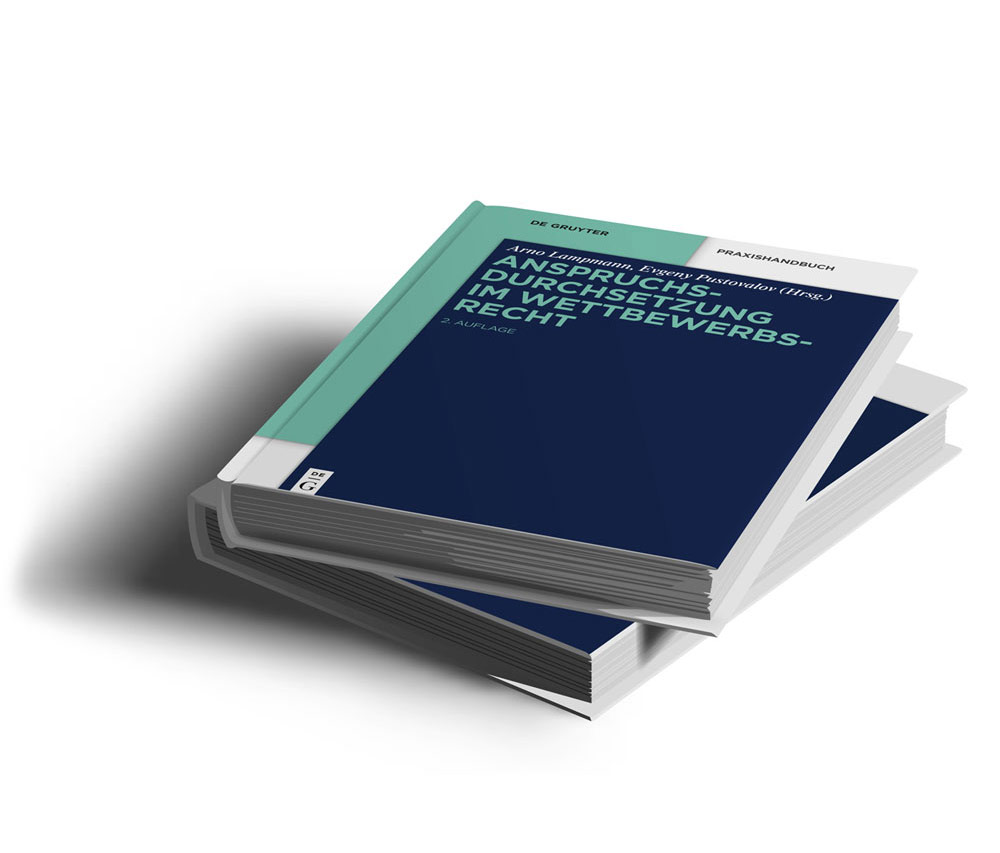LHR achieves record amount for client: Photographer receives €14,000 in damages for not being named as author

Our client, a photographer, had noticed that one of his photographic works was being used to illustrate several company press releases. And this was done without consent and – what is often much more important for photographers – without mentioning his name: A typical Picture theft, as it occurs again and again on the Internet.
Creative Commons works: Free of charge, but not in the public domain
Our client was therefore very annoyed. Especially because he even makes his photographs available to third parties for use free of charge on Wikipedia, among other places. He does not charge anything for this, but simply asks to be named as the author when the photo is used. To do this, he uses the conditions of the Creative-Commons-Lizenz “Attribution-ShareAlike 3.0 Unported (Attribution-ShareAlike 3.0 Unported)“. This means that the photographs can be used free of charge, but only on condition that at least the following information is provided:
- Work title,
- Name of the author,
- link to the work and/or the author and
- Link to the licence certificate at Creative Commons.
Creative Commons: At least the author must always be named
However, the publications of the photograph within the press releases did not comply with these requirements. Neither the title of the work nor the name or pseudonym of our client were communicated. Nor was there a link to the corresponding page of our client or to the website published under the URL http://creativecommons.org/licenses/by-sa/3.0/deed.de licence certificate available at Creative Commons.
14,000 € for not naming the author
As the licence conditions for the use of the work were not complied with, there was a clear Copyright infringement which the client wanted to take action against, not least because the infringement was not committed by a blogger or small business owner, but by a well-known company. Because the photographic work was used illegally on several pages, the damages to be paid increased to almost €20,000.00. After negotiations, we were able to reach an agreement with the infringer to pay a lump sum of €14,000.00.
Practical tip for website operators
Extreme caution is always required when using third-party images. Word should have got around by now that you cannot simply insert images found on Google onto your website. But even works under Creative Commons licences are not public property and may only be used in compliance with certain rules. Martin Missfeldt has here has created a nice overview of the various licence models. The following applies to all of them: The author must always be named as a minimum!
Practical tip for photographers
If you otherwise offer your work for use free of charge, the annoyance is all too understandable if large, financially strong companies in particular do not even adhere to the few guidelines mentioned above. Attribution is particularly important for photographers, as it ensures that those who like the photo know where to get more of it.
To avoid any misunderstandings: It is also important to maintain a sense of proportion when asserting clear legal positions. You don’t have to immediately ‘take out the warning stick’ against everyone and everything (e.g. private bloggers and small retailers). It is often the best advertisement for a photographer if he can reach an amicable agreement with former infringers. Friendships are said to have developed from an initially rather hostile encounter.
However, when it comes to large companies that clearly want to capitalise on third-party services, we believe that there is no reason not to enforce your rights with the utmost consistency – as we did for our client in this case.
Update from 27.6.2013 due to numerous requests:
The settlement was reached out of court. Unfortunately, we cannot disclose all the details of the case, as otherwise the client or opponent could become recognisable. This would not only be unlawful but would also not be in line with our self-image. We therefore ask for your indulgence for the ‘secrecy’. We are of the opinion that the case is interesting enough as it is, especially to shed light on the significance of Creative Commons licences for photographers and website operators.
Therefore only this much: It was a high-quality photographic work on which a sight was depicted. The amount related to several publications in press releases in various places on the Internet and in catalogues over a period of approx. 3 years. It therefore does not correspond to the case where a photograph is only used in one place and over a short period of time. Internet publications in particular can easily lead to (uncontrolled) dissemination. If you forget your own publication, a longer infringement period can also arise quite quickly.

